Q2:
AS & A Level Chemistry - 9701 Paper 2 2023 Winter Zone 1

More Questions from this Topic
Theory
CH10 - GROUP 2
(a) Disodium phosphate, $(\text{Na}^+)_{2}(\text{HPO}_4^{2-})$, reacts with an acid to form monosodium phosphate, $\text{Na}^+(\text{H}_2\text{PO}_4^-...
2024
 Winter
Winter
 Winter
Winter
 2
2
Theory
CH10 - GROUP 2
(a) Table 3.1 shows some properties of two Group 14 elements, C and Sn, in their standard states. The table is incomplete.\begin{center} Table 3.1 \en...
2024
 Winter
Winter
 Winter
Winter
 2
2
Theory
CH10 - GROUP 2
(a) (i) Describe the trend in the solubility of the hydroxides of magnesium, calcium and strontium.Explain your answer...................................
2024
 Summer
Summer
 Summer
Summer
 2
2
Theory
CH10 - GROUP 2
(a) Disodium phosphate, $(Na^+)_2(HPO_4^{2-})$, reacts with an acid to form monosodium phosphate, $Na^+(H_2PO_4^-)$.(i) Identify the ions that are a c...
2024
 Winter
Winter
 Winter
Winter
 2
2
Theory
CH10 - GROUP 2
The Group 2 elements Mg to Ba are all silvery-white reactive metals.(a) (i) Draw a labelled diagram to show the bonding and structure of the Group 2 m...
2023
 Spring
Spring
 Spring
Spring
 2
2
Theory
CH10 - GROUP 2
(a) (i) State the variation in solubilities of group 2 hydroxides........................................................................................
2023
 Winter
Winter
 Winter
Winter
 2
2
Theory
CH10 - GROUP 2
NO and NO_2 react at 25 °C to give N_2O_3 as shown in the equation.NO(g) + NO_2(g) \rightleftharpoons N_2O_3(g) \hspace{5mm} \Delta H = -7.2 \, \text...
2023
 Winter
Winter
 Winter
Winter
 3
3
Theory
CH10 - GROUP 2
(a) (i) State the variation in solubilities of group 2 hydroxides. ......................................................................................
2023
 Winter
Winter
 Winter
Winter
 2
2
Theory
CH10 - GROUP 2
(a) Group 2 nitrates decompose when heated. Describe how the thermal stability of Group 2 nitrates changes with increasing proton number. Explain your...
2023
 Summer
Summer
 Summer
Summer
 2
2
Theory
CH10 - GROUP 2
(a) The most common zinc mineral contains zinc(II) sulfide, ZnS.(i) Complete the electrons in boxes diagram in Fig. 1.1 to show the electronic configu...
2023
 Spring
Spring
 Spring
Spring
 3
3
More Questions from year 2023
Theory
CH3 - CHEMICAL BONDING
The Pauling electronegativity values of elements can be used to predict the chemical properties of compounds.Use the information in Table 1.1 to answe...
2023
 Spring
Spring
 Spring
Spring
 2
2
Theory
CH10 - GROUP 2
The Group 2 elements Mg to Ba are all silvery-white reactive metals.(a) (i) Draw a labelled diagram to show the bonding and structure of the Group 2 m...
2023
 Spring
Spring
 Spring
Spring
 2
2
Theory
CH15 - HYDROCARBONS
(a) (i) Define addition reaction.........................................................................................................................
2023
 Spring
Spring
 Spring
Spring
 2
2
Theory
CH16 - HALOGEN DERIVATIVES
(a) (i) State the reagent and conditions used to form E in reaction 1....................................................................................
2023
 Spring
Spring
 Spring
Spring
 2
2
Theory
CH2 - ATOMIC STRUCTURE
(a) The most common zinc mineral contains zinc(II) sulfide, ZnS.(i) Complete the electrons in boxes diagram in Fig. 1.1 to show the electronic configu...
2023
 Spring
Spring
 Spring
Spring
 3
3
Theory
CH6 - ELECTROCHEMISTRY
Hypophosphorous acid is an inorganic acid.The conjugate base of hypophosphorous acid is $\text{H}_2\text{PO}_2^-$.(a) Give the formula of hypophosphor...
2023
 Spring
Spring
 Spring
Spring
 1
1
Theory
CH12 - AN INTRODUCTION TO THE CHEMISTRY OF TRANSITION ELEMENTS
Vanadium is a transition element in Period 4 of the Periodic Table.(a) Define transition element.........................................................
2023
 Spring
Spring
 Spring
Spring
 2
2
Theory
CH20 - NITROGEN COMPOUNDS
Ethylamine and phenylamine are primary amines.Fig. 4.1These two compounds are synthesised by different methods.(a) Several methods can be used to form...
2023
 Spring
Spring
 Spring
Spring
 3
3
Theory
CH14 - AN INTRODUCTION TO ORGANIC CHEMISTRY
(a) Tulobuterol contains a benzene ring in its structure.Describe and explain the shape of benzene.In your answer, include:• the bond angle between ...
2023
 Spring
Spring
 Spring
Spring
 2
2
Theory
CH22 - ANALYTICAL TECHNIQUES
(a) (i) Suggest a compound that could be used as the stationary phase in this experiment.................................................................
2023
 Spring
Spring
 Spring
Spring
 1
1




 Share
Share




 Previous
Previous








